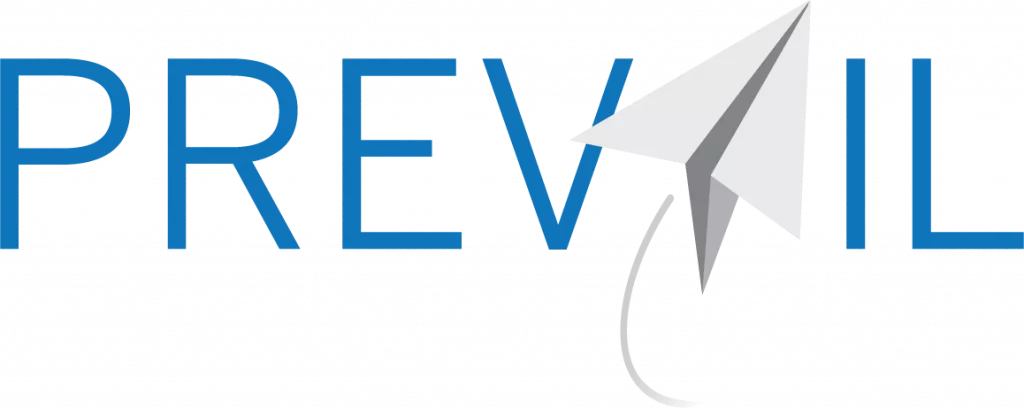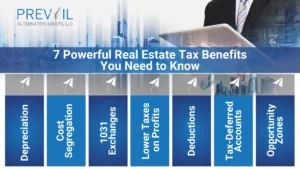Mezzanine debt occupies a unique position in the capital stack, sitting between senior debt and equity. It is a hybrid form of financing that combines elements of both debt and equity, offering higher returns than senior debt but at a higher risk. Mezzanine debt is often used to bridge the gap between the amount of senior debt a lender is willing to provide and the total capital required for a real estate project.
Characteristics of Mezzanine Debt
Subordinate Position: Mezzanine debt is subordinate to senior debt but takes priority over equity in the repayment hierarchy. This means mezzanine lenders are repaid after senior debt holders but before equity investors.
Unsecured or Secured by Ownership Interests: Unlike senior debt, mezzanine debt is often unsecured or secured by a pledge of ownership interests in the property, rather than the property itself. This gives mezzanine lenders the right to convert their debt into equity in case of default.
Higher Interest Rates: Due to the higher risk associated with its subordinate position, mezzanine debt carries higher interest rates compared to senior debt. This provides attractive returns for investors willing to take on additional risk.
Convertible Features: Mezzanine debt can sometimes be converted into equity, giving lenders potential upside in the property’s appreciation. This convertible feature aligns the interests of mezzanine lenders with the success of the property.
Advantages of Mezzanine Debt for Investors
Higher Returns: The primary advantage of mezzanine debt is its higher returns. Investors receive higher interest rates compared to senior debt, making it an attractive investment for those seeking higher yields.
Strategic Control: Mezzanine lenders may gain certain control rights or warrants, allowing them to influence major decisions related to the property. This can help protect their investment and ensure the property’s success.
Flexible Financing: For borrowers, mezzanine debt provides a flexible financing option to bridge the gap between senior debt and equity. It allows them to secure the necessary capital without diluting their ownership interest.
Disadvantages of Mezzanine Debt
Higher Risk: The main drawback of mezzanine debt is its higher risk. As it is subordinate to senior debt, mezzanine lenders face a greater risk of non-repayment in case of default.
Complex Structure: Mezzanine debt often involves more complex agreements and negotiations compared to senior debt. This can increase the time and cost associated with securing this type of financing.
Example Scenario
For a commercial property valued at $10 million, suppose a lender provides $7 million in senior debt, representing 70% of the property’s value. To bridge the remaining financing gap, the borrower secures an additional $2 million in mezzanine debt. This mezzanine loan is subordinate to the senior debt but provides the necessary capital to complete the project.
If the property performs well, mezzanine lenders benefit from higher interest rates and potentially convertible features that allow them to participate in the property’s appreciation. However, they face higher risk compared to senior debt holders.
Conclusion
Mezzanine debt is an essential part of the capital stack, providing flexible financing options and higher returns for investors. Its characteristics of subordinate position, higher interest rates, and convertible features make it an attractive investment for those willing to take on additional risk. Understanding the role of mezzanine debt helps investors and borrowers assess the overall risk and return dynamics of real estate investments.


















